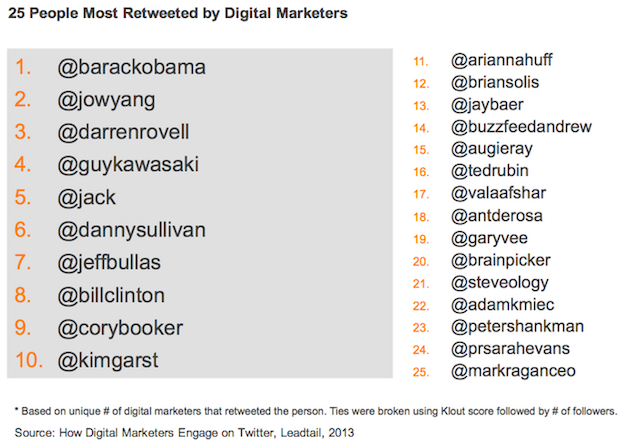Popular science blogger, Derek Muller of Veritasium, released a YouTube video that highlights a problem with the Facebook advertising ecosystem. Derek’s experiment was also well covered by Mashable.
In his experiment, Derek tested Facebook Like ads as a method of generating Fans for his Facebook Page, Virtual Cat, and subsequently discovered that the majority of the new Likes that he garnered were (most likely) fraudulent. He theorizes that they are the result of “click farms”, shady pay-per-like service providers operated out of developing countries who deliver thousands of likes for pennies on the dollar, typically from fraudulent user accounts.
This is not a new problem. It has been widely reported over the past few years: here, here and here.
There is no doubt that this issue is a problem for Facebook. Ultimately if they want to continue to woo marketers and maintain their position as online advertising’s belle of the ball, Facebook will need to continue to purge their network of fake accounts. They've done this before and have committed to continuing to do this to maintain the integrity of the network. The Veritasium video will definitely help to hold them accountable to that task.
However, for savvy social media marketers who understand how to use Facebook’s robust advertising platform, there are ways to use targeting to reduce the risk of attracting fake Likes, if not eliminate it completely.
Let’s start with ad targeting. To sidestep possible fraudulent Likes, brands can use three of Facebook’s more sophisticated capabilities: Custom Audiences, Partner Categories and Action Spec targeting.
Custom Audiences lets marketers target (or exclude) specific users on Facebook using a unique identifier which can consist of either an email address, phone number, Facebook UID, Mobile UID, or Apple IDFA. By using customer and prospect data to define your targeting, you can be sure that your Facebook Like ads are being displayed to authentic users, and those that are most likely to engage with you. More about Custom Audiences here.
Partner Categories uses 3rd party consumer data from Datalogix, Axciom and Epsilon to create targeted segments based on past behaviour. For instance, in the Virtual Cat example used by Derek Muller in the video, he could have used the Pet Care Buyers > Cat Food and Products, a segment that consists of approximately 12,553,500 targeted users, to find real pet owners based on their past purchasing behaviour. Note that currently, Partner Categories are only available to advertisers in the US. More about Partner Categories here.
Action Spec Targeting allows brands that have deployed a Facebook App, such as Login with Facebook, or the Facebook Like Button, to target ads at users that have interacted with that application. This targeting can be extremely precise and allow brands to target users based on specific actions (i.e. Liked, Commented, Voted, etc.) and objects (i.e. Likedon ). Action Spec targeting gives brands the ability to target highly qualified audiences with extremely relevant messaging and offers, resulting in high engagement. More on Action Spec targeting here.
Using the tactics that I’ve outlined above, advertisers may find that their cost is relatively higher than the ~$0.10/Like cited by Muller in his video, which stands to reason. As ad targeting narrows, typically costs increase. At the end of the day, brands are hungry for the attention of their customers and prospects, and increasingly, those consumers are spending their time on Facebook (overwhelmingly so when compared to other social networks). Paying a premium for the attention that Facebook owns is simply a reality that advertisers neeed to decide if they are willing to accept or not.
The other systemic “problem” with Facebook’s ecosystem that Muller describes is that Facebook limits organic reach to Fans as a function of its newsfeed algorithm that displays Page content only to the fans that are most likely to engage with it. This is well covered by Search Engine Watch here. If brands want to reach 100% of their Fans on Facebook, they will need to promote their Page posts via ads. As Muller correctly describes, Fans that don’t engage with a Page's content hurt organic Page reach by diluting engagement rates. This has been much discussed already, but the simple rule of thumb here is to focus on generating Fans that are most likely to engage with (and share) your Page’s content. Savvy Facebook marketers know this.
Fan acquisition campaigns need to include a smart content marketing plan to generate near-immediate engagement from new Fans in order to have the best shot at ongoing organic access (or reach) to that Fan's newsfeed. This part of the media plan is often overlooked, but is crucial to making the most out of Facebook ad budgets and protecting the integrity of your Facebook Page and its ability to generate owned media reach. For the purpose of this post, I won’t get into the many approaches to how this can be accomplished, but if you are spending dollars on generating new Likes on Facebook and are not also thinking about how to get as many of those new Fans to engage and share your Page’s content (and quickly), then you may want to take a step back and rethink the value of your Facebook ad spend.
How do you ensure that your Page Likes are made up of authentic customers and prospects on Facebook?



